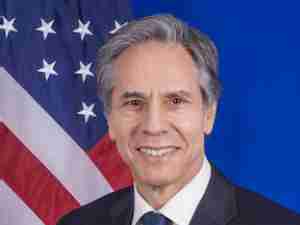Canada Shows Unexpected Vigor With Trade Surplus, Job Surge
By: Greg Quinn | Jan 06 2017 at 09:09 AM | International Trade
Canada posted its first trade surplus in more than two years and full-time jobs surged, a signal the economy may be absorbing the slack that’s kept interest rates near record lows.
Full-time positions rose 81,300 in December from the previous month, the biggest gain since March 2012, and even after taking away 27,600 part-time jobs the total employment gain of 53,700 shattered the median economist forecast of a small decline.
Statistics Canada also said Friday the merchandise trade balance swung to a C$526 million ($397 million) surplus. Economists had expected the deficit from the previous month to widen.
“Canada Day comes early,” Derek Holt, head of capital markets economics at Bank of Nova Scotia, said by phone from Toronto. The data is “very strong, both on the employment and the trade side.”
The data may signal Bank of Canada Governor Stephen Poloz’s long-awaited uptick is beginning to transpire. Poloz has stressed ahead of his Jan. 18 rate decision there is still plenty of slack in the job market that may be adding to divergence with a recovering U.S. economy.
“If I’m the Bank of Canada, I would take these latest numbers with some encouragement,” Holt said, adding policy makers should be concerned about future trade policy, referring to suggestions from President-elect Donald Trump he may want to renegotiate the North American Free Trade Agreement.
The U.S. also showed strength Friday, reporting a 156,000 increase in December payrolls following a 204,000 rise in November that was bigger than previously estimated. Hourly earnings gained by 2.9 percent over the 12 months ended in December, the most since June 2009.
Friday’s trade figures come just two months after a record deficit of C$4.25 billion. Exports rose 4.3 percent in November, led by the biggest shipments on record to nations outside the U.S. Exports to China rose 11 percent to C$2 billion, mostly on higher shipments of coal, the agency reported.
The job gain made the fourth quarter the best since 2010 and turned 2016 into a breakout year from some of the slowest hiring since World War II. The trade surplus means struggling energy and manufacturing companies may contribute to growth aided by debt-fueled consumer spending on houses and cars.
Canada’s currency reversed declines after the release, trading 0.3 percent higher at C$1.3192 against its U.S. counterpart at 8:46 a.m. Toronto time.
The jobless rate rose to 6.9 percent from 6.8 percent, as more people entered the labor market. Economists surveyed anticipated that gain, while they also called for a 2,500 decline in employment and the trade deficit to widen to C$1.6 billion.
Employment rose by 1.2 percent last year, the fastest since 2012, Statistics Canada said. Exports to non-U.S. countries, meanwhile, rose 9.5 percent to about C$12 billion.








